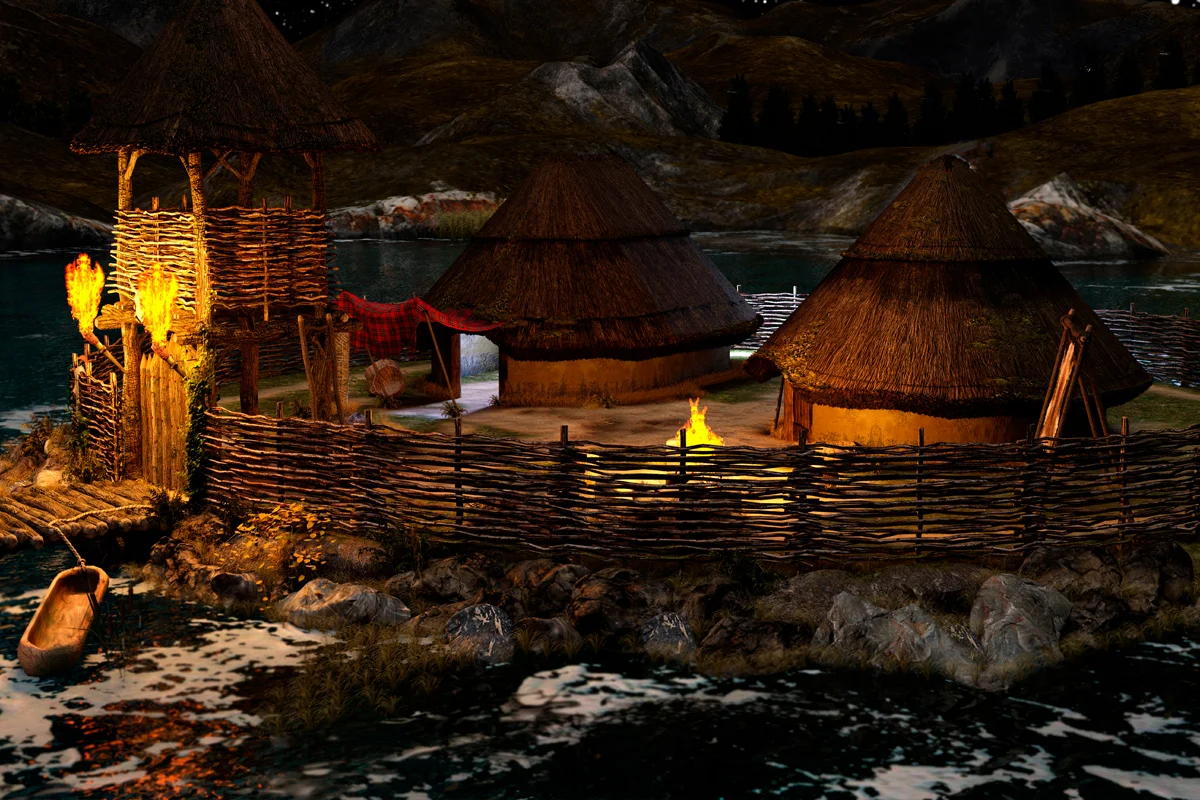A study by students from the University of the Highlands and Islands has revealed that a promontory in the Loch of Wasdale in Firth, Orkney, could be the remains of an ancient crannog.
A crannog is a partially or entirely artificial island, typically built in lakes and estuarine waters of Scotland from the prehistoric period onward.
Crannogs were used as dwellings, taking advantage of the natural surroundings that may have served to provide a defensive purpose.
Despite significant variations in methodology, most crannogs on mainland Scotland were built by driving timber piles into the loch bed and filling the interior with peat, brush, stones, or timber to create a solid foundation.
In largely treeless regions like the Western Isles, these island dwellings utilised a diverse mix of natural, artificially enlarged, or entirely artificial islets.
The discovery was made by students from the UHI Archaeology Institute, who were conducting test-pitting on a promontory at the northern end of the Loch of Wasdale.
According to a press statement by UHI: “It appears as an islet on the 1882 Ordnance Survey map. Little is known about the site, but the fact the shoreside edges appear to show the remains of walling led to the suggestion it may be a crannog.”
In his Reminiscences of an Orkney Parish, John Firth (1838-1922) wrote that this islet was once home to a kirk: “During the Middle Ages several chapels existed in the district now known as the parish of Firth – one on the island in the Loch of Wasdale.”
The test-pitting revealed large quantities of cairn-like rubble, in addition to more structural remains or a stone surface, indicating that the entire promontory/islet is artificial.
Martin Carruthers, a lecturer at UHI, said: “A structure made up of some very large masonry seems to lurk at the heart of the cairn makeup. Constructing this ‘monument’ must have been a very substantial undertaking.”
“In terms of artefacts, apart from some later post-medieval glazed pottery, we recovered a single worked flint, probably a ‘thumbnail’ scraper, which is most likely later Neolithic in date,” added Carruthers.
Header Image Credit : Shutterstock
Sources : UHI





